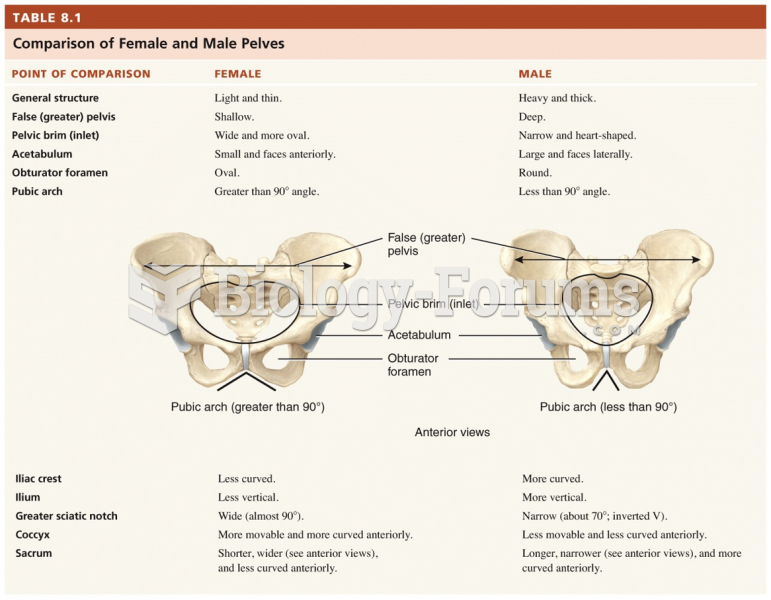Answer to Question 1
Answer: From the perspective of evolutionary psychology, homosexuality is a bit of a challenge. Behaviors, in order to have a genetic component, need to be such that they confer reproductive success. This is not the case with homosexuality because reproduction is not part of the process. According to the kin altruism hypothesis, homosexuals invest in the offspring of their next of kin, such as the children of their sisters and brothers and thus help to guarantee the success of part of their gene line. There is no real evidence to support this hypothesis. Gay men are not more supportive of their kin than heterosexual men.
Answer to Question 2
Answer: One fundamental problem is that people have a sexual identity, but it is not derived scientifically nor does it usually fit the definition a research project has decided to use. If a person has a type of person to whom she or he is sexually attracted, a different set of individuals with whom she or he is having sex with or has had sex with in the past, and some sort of summary identity used to discuss her or his sexuality, then, depending on which question you ask, you may get a very different answer. Just to make matters worse, people do not always tell the truth to researchers so you really have to no way of knowing if what they decide to say today is the full truth. Compounding this is the fluid nature of sexual behavior and identity, especially with women. It is not the case that how I see myself, how I am behaving, and what I am attracted to today is necessarily the same as it was last week, or last year. The National Opinion Research Center tried to take these problems into account by using a variety of methods including some face-to-face interviews and some completely anonymous questionnaires. Though it is unlikely that even these measures fully address this inherent problem.







